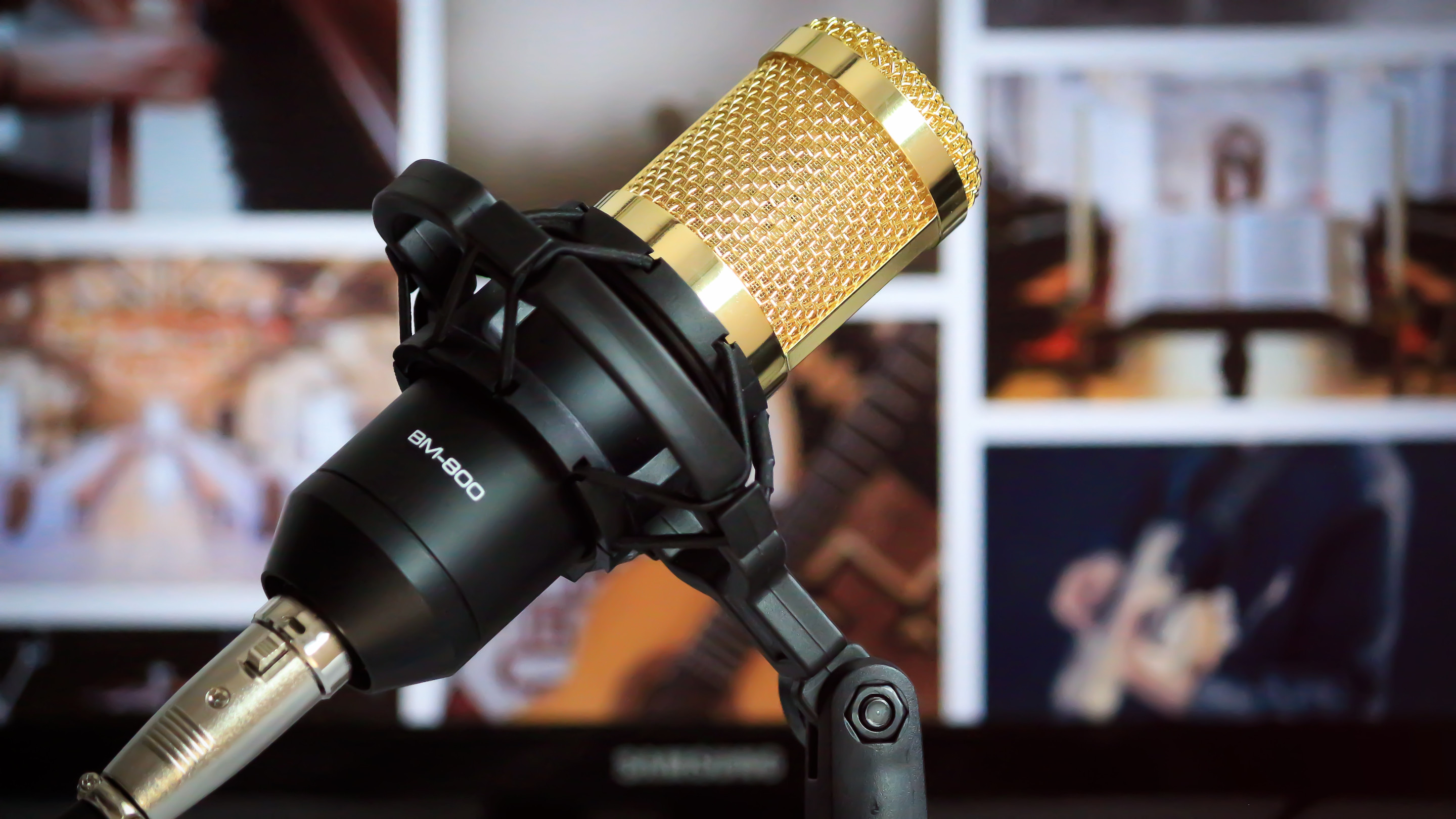
Voiceover: The Power of Voice in Storytelling and Society
When we embarked on the journey of Sound Branding in Brazil, the essence of our methodology included the brand voice, representing the product or service on all communication fronts with its audiences. We’ve always recognized its potential, from the voice-over in a TV commercial to the audible response units (IVRs – telephone customer service). It’s a construction process, taking time, but once people associate that tone with the brand, it’s established. The brand comes to life, humanizes itself, gains personality, and fosters real connections with people.
Now, more than ever, with the innovations brought by the metaverse, Artificial Intelligence, and synthesized voice, the power of voice has multiplied, emerging as the new navigational tool of our society. Soon, we will hear voices opening doors, processing payments, portraying characters, and delivering every conceivable type of content. In a very short time, voice will be the new conduit for all information circulating in the network.


The Significance of Voice for the Brand
Every brand or company has a story, and knowing how to tell it is an asset that can help propel its reach and pique the interest of the audience. A crucial element for delivering storytelling to people is the selection of a brand voice aligned with its values. This extends to the voice-over or narration in advertising campaigns, navigation in virtual or physical brand spaces, and various other touchpoints with the company’s audience.
Narration, along with its verbal tone, has no face; it’s a sound imprinting humanity, personality, and its selection is crucial. The voice must possess the brand attributes to represent it across different platforms and media. The narrator artist infuses personality, emotion, and credibility into the message, forging a connection that resonates with the audience.
The outcome is an increase in brand recognition and relevance, audience engagement, and emotional connection; ultimately leading to genuine relationships that naturally result in loyalty.

Consider the vital importance of the first contact between the brand and the audience. The way the message is heard in the initial seconds can define everything a person perceives. In an increasingly connected world, voice is a central element for establishing connections, especially through voice-over in social media videos.
Voiceover: A Growing Segment
A study by the Insivia agency revealed that audience retention in videos was 95%, compared to 10% for commercials using only text. The scenario is also favorable for those relying solely on audio as a connection tool, particularly with the rise of podcasts – currently amassing an audience of over 56 million on the major platforms, Spotify and Apple, with expectations for this number to grow further in the coming years.
Contrary to misconceptions, radio has not fallen out of favor. Despite its traditional nature, radio experienced a resurgence in influence (which never really waned) during the pandemic, reaching 75% of remote workers in the USA, according to Nielsen.


There are also less quantifiable but impactful benefits, such as audio accessibility for visually impaired individuals and its capacity for regionalization, adapting to the specificities of each territory through different languages, slang, and accents. Through voice-over, we can create a personality suitable for the space, its purpose, and the audiences it intends to communicate with – sounding institutional, transformative, humorous, authoritative, light, or educational.
This is precisely what we achieved at Zanna Sound over the past 12 years with the Sound Branding of Metro Rio project featuring the voice of Zanna. She has become a friend to users and is now dubbed “the voice of the city.” Undoubtedly, the voice is human, welcoming, and distinctly representative of Rio de Janeiro, connecting the audience through messages broadcasted on embarkation platforms, trains, and self-service machines.


A successful voice-over artist must convey emotion, be authentic to communicate what the brand needs, and possess rhythm, a pleasant tone, and credibility.
Interested in how voice can assist you? Get in touch with us!


Next article
5 Trends for Sound Branding in 2024
Discover how brands are using sound to create emotional connections with their audience. What does the future holds for Sound Branding?…
Read more